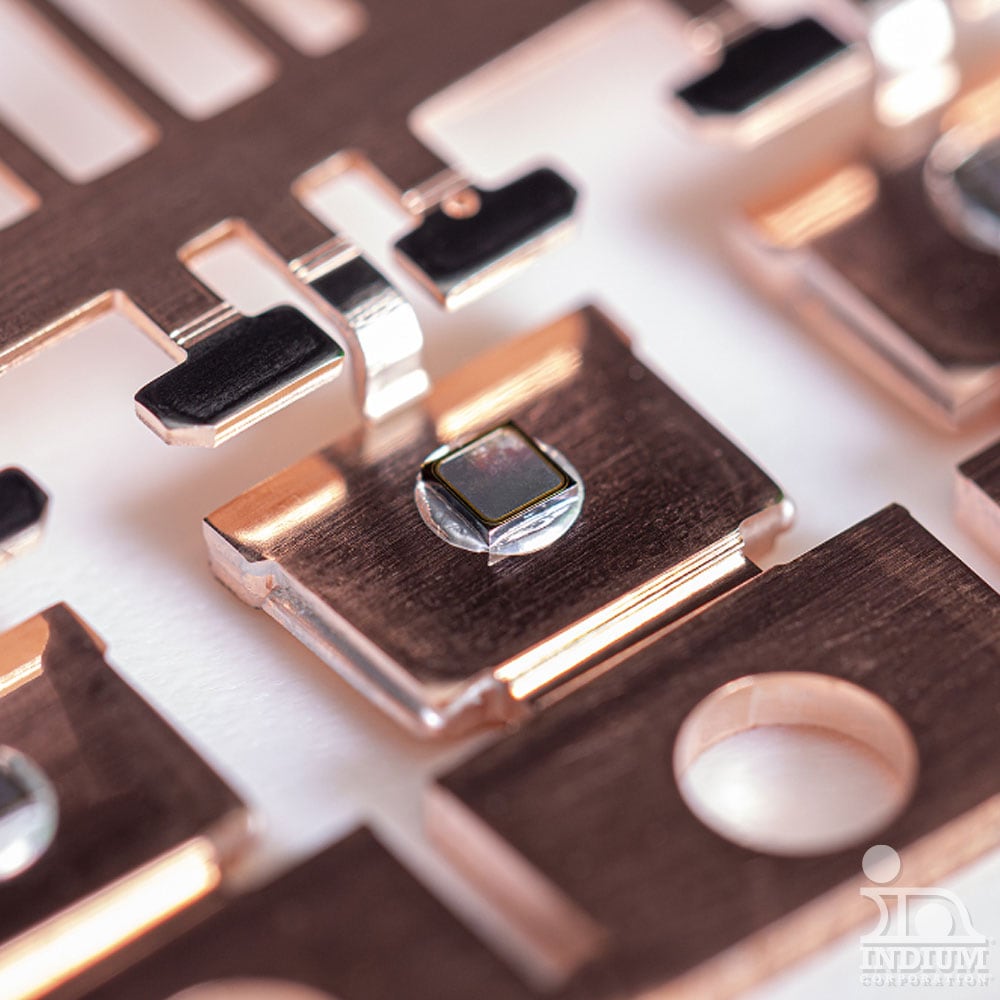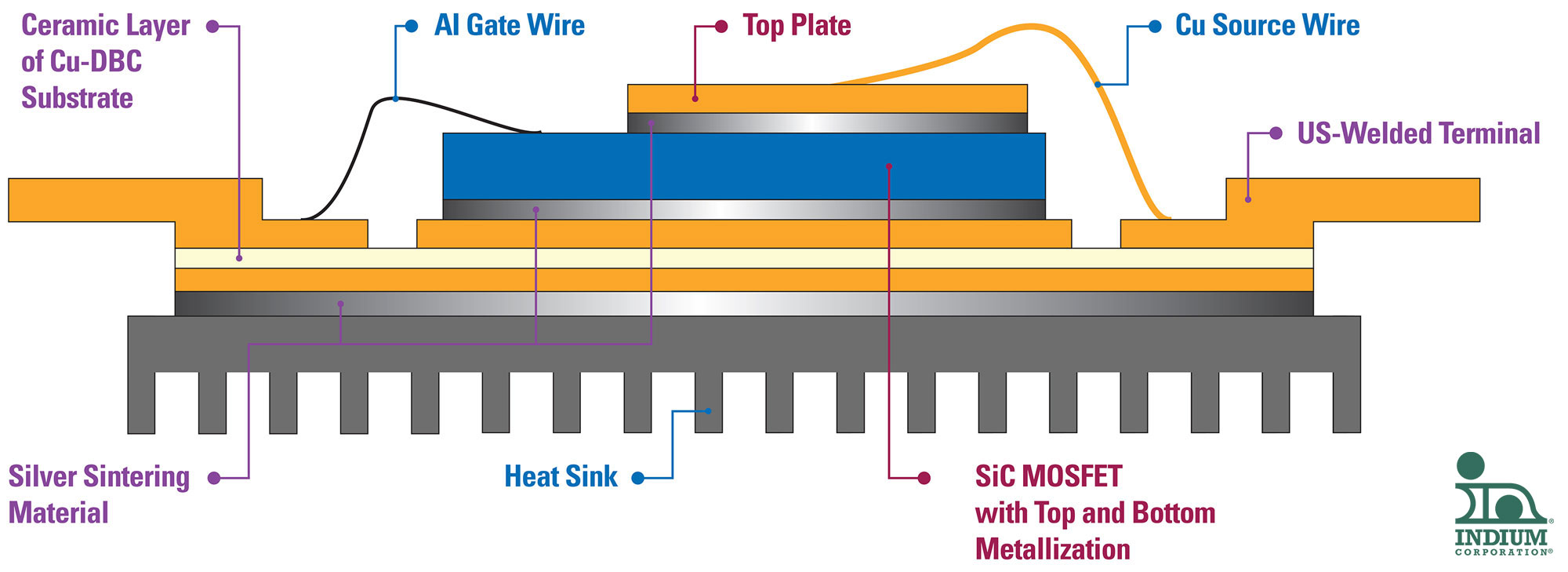Related Silver Sintering Blog Articles
Sinter material for power electronics - copper's time to shine?
In recent years, silver sinter materials have grown in popularity in power module assembly, especially for die attach...
Read MoreWhy QuickSinter®? Let’s see the difference between Soldering and Sintering
Dr. McDonough discusses some of the benefits of QuickSinter® including its ability to handle high-temperature operating life without breaking down and its ability to maintain a uniform bondline. Read this post to learn more.
Read More




